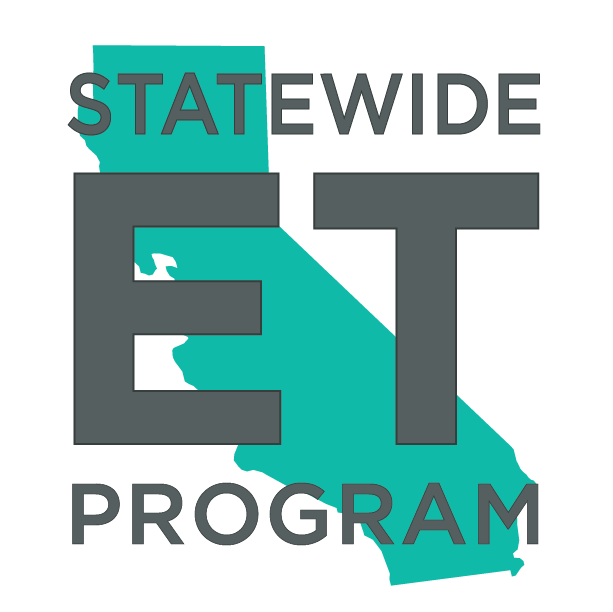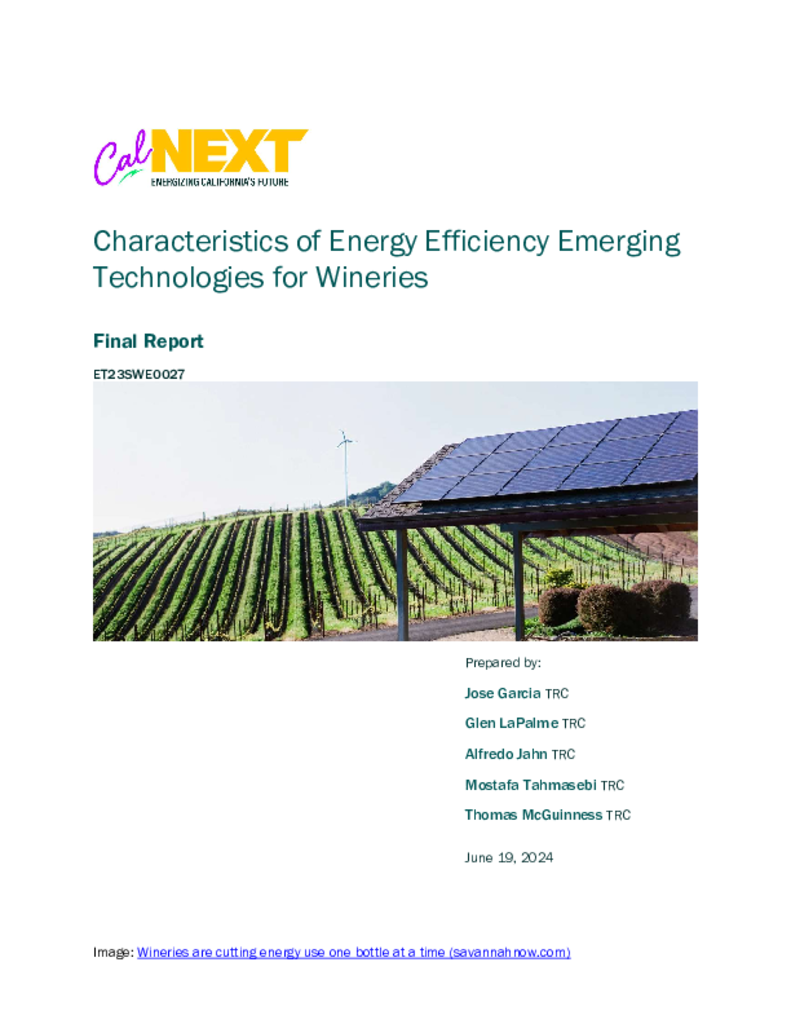ET23SWE0027 - Characteristics of Energy Efficiency Emerging Technologies for Wineries
In recent years, California's regulatory agencies have placed a greater emphasis on establishing market influence to justify energy efficiency (EE) program incentives. In addition to providing engineering support, estimating savings, verifying performance, and analyzing costs, EE program administrators are asked to evaluate a variety of decision-making scenarios that comply with specific program measure application types.
While wineries and vineyards have been leaders in developing and setting sustainability goals they are often disqualified or discouraged from participating in EE programs for such efforts. Without an improved understanding of the existing market barriers for deploying energy efficient technology in wineries, it is difficult to identify and design new EE programs to more effectively intervene. This study is a market characterization of the California winery energy efficiency and technology ecosystem. Particularly of interest is how new and innovative EE programs, services and incentives can help transform the market for EE technology in the winery market.
Improving EE in wineries can require complex deployment projects often without clearly defined baselines. Causes and triggers that naturally influence a customer to act include code requirements, industry standard practices, and customer standard practices. The expected outcome of this project is market information to help steer future program designs for wineries toward a greater emphasis on energy efficiency, electrification, decarbonization, water conservation, and total system benefits.

